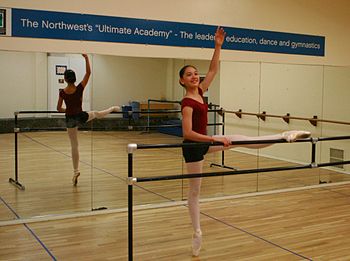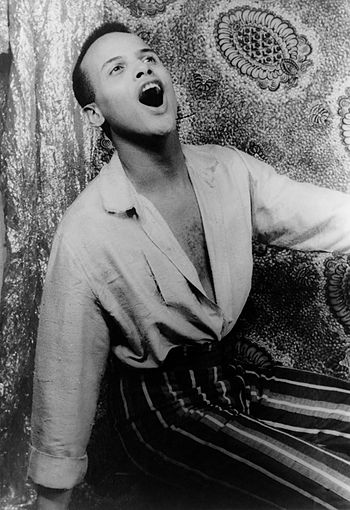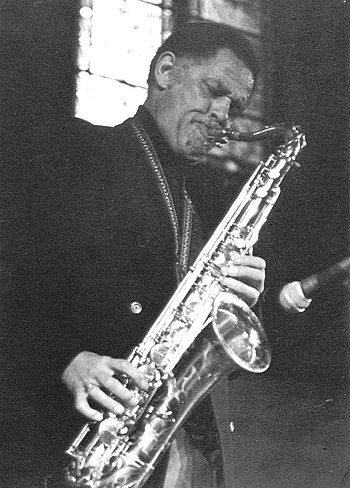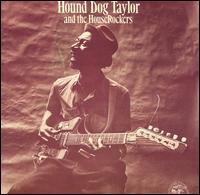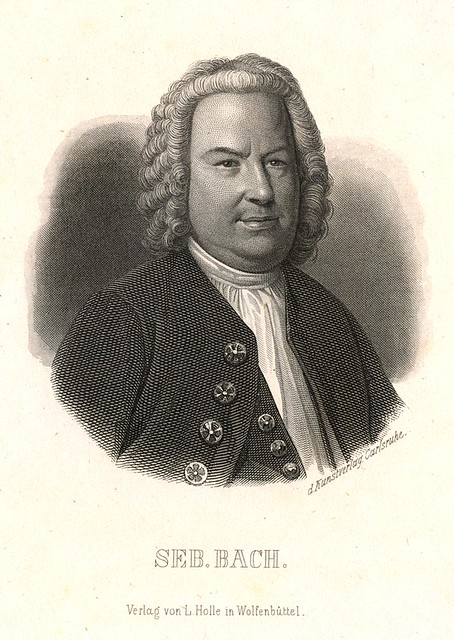 |
| Photo by Stifts- och landsbiblioteket i Skara |
Fixed in time in the Baroque music movement (1600-1750) Bach was a primary driver of change within it. Bach’s lifetime was one of fame, self-doubt and amazing achievement with a legacy that lasts to this day.
Childhood
Johann Sebastian Bach was born in Eisenach to Johann Ambrosius Bach and Maria Elisabeth Lammerhirt.
Bach’s mother died in 1694 with his father died shortly after leaving him an orphan aged 10 to be raised by his older brother Johann Christoph Bach himself an organist. There he learned to copy, study and perform music and receiving valuable tuition from his brother.
Adulthood
Bach remained in Germany for most of his life despite his contemporary and musical rival Handel moving to England to further his interests.
Bach’s first wife, Maria Barbara, died in 1720 leaving Bach to raise seven children. This apparently triggered Bach to seek the solace of work and held the coveted position of musical director for many princes and dukes at this period, leaving his children in the care of others.
In 1721, Bach married his second wife, Anna Magdelena Wilcke, and took up a position in a Leipzig school and a local church. Here he extended his already burgeoning family with a further thirteen children, with seven tragically dying before they reached adulthood.
Death
Bach died (aged 65) on 28th July 1750 after a period of ill-health. He became blind shortly before his death after an “unsuccessful eye operation” which may have contributed to his demise. Modern historians have argued that his death was a direct consequence of a stroke caused by pneumonia.
The Family Bach
Bach’s left behind a family that was also musically gifted, with his second wife being a talented musician and his eldest son, Wilhelm Friedemann Bach, becoming an accomplished organist. Many of Anna Magdelena’s notebooks survive today and contain many of the works composed by Bach’s family.
His Most Famous Works
Bach’s produced hundreds of pieces throughout his lifetime, many of which are still played today. Amongst the most famous are the Magnificat, the Partitas, the Mass in B Minor, the Well-Tempered Clavier, the St. Matthew Passion, the St. John Passion, the Goldberg Variations, the Musical Offering, the English and French Suites, The Art of Fugue, the Brandenburg concertos, the Sonatas and Partitas for solo violin, the Cello Suites. He also wrote over 200 cantatas (that we know of today) and approximately the same number of organ pieces such as the Toccata and Fugue in D minor and Passacaglia and Fugue in C minor.
Bach’s Musical Legacy
Bach’s classical music legacy is hard to measure in real terms, although there are a total of 1292 titles available to buy from the Chappell of Bond Street online catalogue (www.chappellofbondstreet.co.uk) at the last count including many such as “Jesu Joy of Man’s Desiring” that have been edited and arranged since his death and are now played regularly in churches, schools and independent choirs across the world.
Bach’s status as a master classical music composer was only really cemented in the 19th century when a revival of his music triggered the editing and arranging of many of his pieces which remain in that form to this day.
It has been said that it was, in fact, Bach that was the trigger for the move from the Baroque era into the “classical era”, leaving his mark on classical music with fans that transcend time and nationality with music that still to this day has the power to strike awe and passion in the youngest and oldest of minds.



